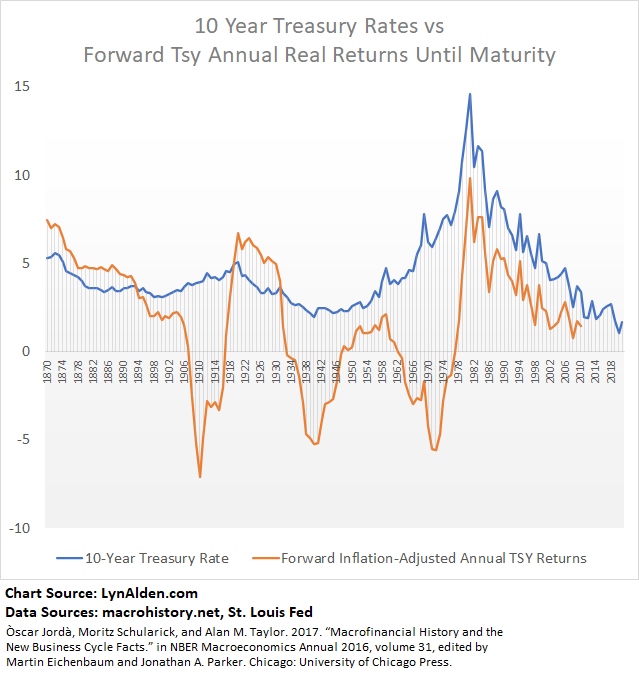
A lot of evidence shows that our lifestyles of looking at papers, screens, and phones indoors all day contributes to widespread deterioration in eyesight.
Now imagine if we work from home more, drive less, and wear VR goggles for hours a day...
Now imagine if we work from home more, drive less, and wear VR goggles for hours a day...
And then of course we had the inverse correlation between technology and depression. Hunter gathers have rather rough lives but what we think of as depression is nearly nonexistent among them. They have plenty of exercise, decent diet, and frequent flow state.
Modern society requires that we make increasingly conscious choices to go outside, get exercise, and look into the distance, so that we can get the benefits of technology without the physical and mental deterioration that often comes with it.
Even when it comes to reproduction, things that would have harmed a person's probability of reproduction ages ago (e.g. bad eyesight -> bad hunter) become non-issues that we can correct with simple tech, and so those problems more readily carry onto later generations.
Why do we usually envision aliens as small, frail, nearly-featureless beings?
It's because we subconsciously envision them to have so much technology that their physical form deteriorates via non-selection over time as they become entirely reliant on that technology.
It's because we subconsciously envision them to have so much technology that their physical form deteriorates via non-selection over time as they become entirely reliant on that technology.
Apart from conscious lifestyle choices (get outside, exercise, look far away), or societal collapse that re-prioritizes physical attributes for survival, probably only a big increase in gene editing tech can address this structural trend. But then we get Gattaca type stuff.
Anyway, gm.
• • •
Missing some Tweet in this thread? You can try to
force a refresh














